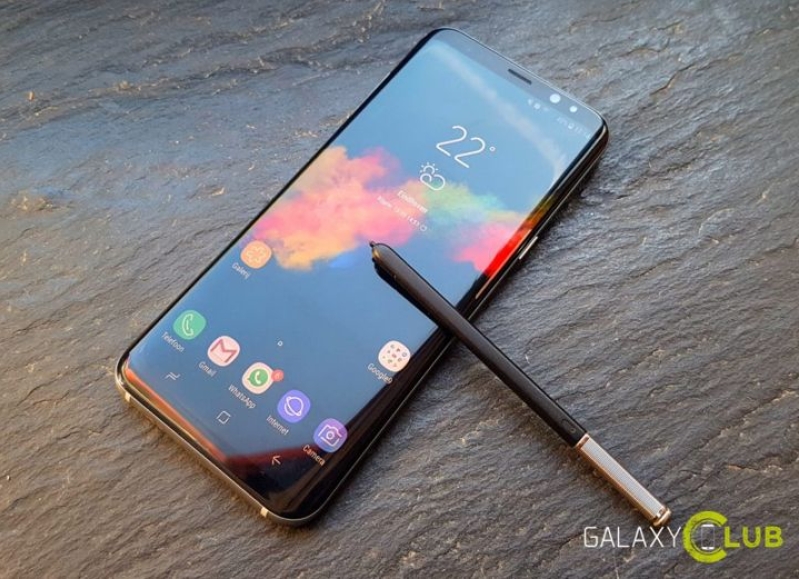
Now that Samsung’s Galaxy S8 and Galaxy S8 Plus are out of the way, having had no performance issues with its batteries whatsoever, it is time to look forward to something better and newer -- the Samsung Galaxy Note 8. The Samsung Galaxy Note 8 is the next flagship device that will hail from the South Korean conglomerate, where it intends to continue from where the ill-fated Galaxy Note 7 left off. Granted, the Galaxy Note 7 was certainly a beauty of its own, sporting some very unique characteristics and features, but it was rather unfortunate that it had gained the notoriety of spontaneously combusting, hence resulting in a worldwide airline ban. Not only that, it had to be pulled from the global market, leaving Samsung to scramble their marketing team to revert to the Samsung Galaxy S7 and Galaxy S7 edge as the 2016 flagships. Well, hopefully there will not be a negative repeat with the Galaxy Note 8, and here are some details that you might want to know about this handset.
There are some whispers going around that the Samsung Galaxy Note 8 has been given the codename “Great”, and it has also been suspected to be referred to as Project Baikal in certain circles. Touted to sport a dual cam design, this should not come across as a surprise at all taking into consideration how the dual camera fad is no longer a fad, but a feature that should make its way onto high end flagship smartphones for manufacturers who would like to capture this particular market. After all, the LG G5 kicked off the dual camera trend that offered the ability to shoot wide angle images, while the LG G6 continued in a similar manner, with Apple even jumping aboard the bandwagon with the iPhone 7 Plus, not to mention Huawei’s P10, with even Chinese brands such as Xiaomi following suit with the Redmi Pro which was released last year. Samsung’s Galaxy S8 certainly had a high performing camera, so to have dual lens imbued in the Galaxy Note 8 is a step forward in the right direction.
Accompanying the ability to capture memories with a more pronounced bokeh effect would be Android 7.1.1 Nougat arriving right out of the box, which means that there is no need to wait for any kind of software updates. We do hope that this will also include the latest monthly Android security update to accompany the device’s release since this is a late 2017 flagship that we could be dealing with. Your eyes will also definitely appreciate the generously sized 6.3-inch OLED Infinity Display, which would be familiar for those who have already come into contact with the Galaxy S8 and S8 Plus. Perhaps there might be some delay due to additional work required in accommodating a larger sized display, but that remains to be known.
Expect the Infinity Display to sport a similar aspect ratio as its precursor, the Galaxy S8, carrying the 18.5:9 aspect ratio. It is unknown at the moment whether it will sport the same 4K UHD resolution, but if this were to be a flagship handset, there is no point in changing it. Do expect the home button to be dropped from the final design of the Galaxy Note 8 as well.
When will the Galaxy Note 8 pick up Android 7.1.2 Nougat? That is not too important actually, as there is always Android 8.0 Oreo or Android O to look forward to which the Galaxy Note 8 is a surefire candidate to receive the update as soon as possible. Perhaps by the time the Galaxy Note 8 is officially announced and released by Samsung, plans would have changed to have it accommodate the Android O update within.
In terms of pricing, the Galaxy Note 8 should be more expensive than the Galaxy S8 and Galaxy S8 Plus, not to mention sport at least 4GB of RAM and arrive with a bare minimum of 64GB of internal storage.







